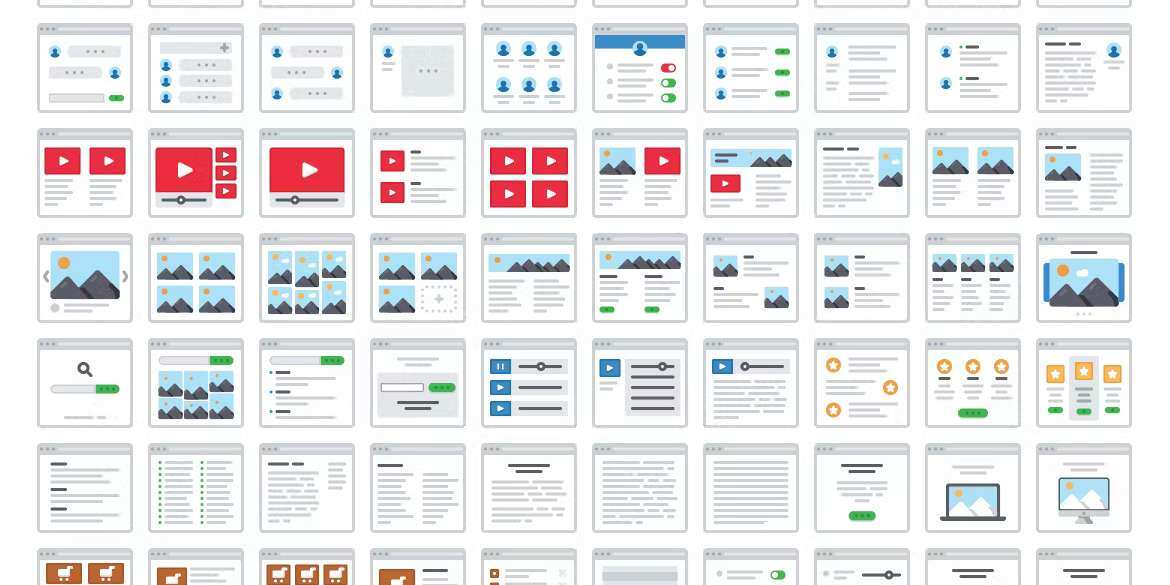When it comes to success metrics in user experience (UX) design, Google’s HEART framework is a great methodology to work with. Originally designed by Kerry Rodden, Google’s then-lead UX researcher, this framework was created to help improve the design of your software. At Digital BIAS, we also like to lean into this to help design our Growth-Driven Design websites.
So, what is the HEART framework's purpose?
The HEART Framework
The HEART methodology or framework, you can use the two interchangeably, is set to help design teams evaluate any aspect of their UX by focusing on key metrics. Using those metrics, they can then quantify and objectively evaluate their product or website.
To fully break down the acronym, why don’t you run through this metric by metric:
|
Happiness |
As with any product experience, time to value or time to reward is key. Reward releases the good endorphins that your customer then relates to as your product keeps solving for them. Here you are looking to measure satisfaction, visual appeal, ease of use, and the likelihood of a recommendation. |
|
Engagement |
Your key metric for engagement is return users; how frequently are users engaging with your tool, and how often are they returning? |
|
Adoption |
Measuring this section of the framework is key to your continued growth. You must understand how successful your product is at attracting new users and knowing how many users complete onboarding and become regular users. You measure adoption by calculating the number of of new users over a fixed period of time or the % of users adopting a new feature. |
|
Retention |
If adoption is key to continued user growth, retention is key to continued revenue growth. Your key measurement of success here is a low churn rate. By having a product that provides ongoing (sticky) value to your user, they should return and renew time and again. If your product has long-term utility value to the user this could massively improve retention. If your product is sticky, you must look at other SaaS metrics and time scales to see where usage drops off. By monitoring these points you can see if the UX has specific problems causing this to happen. |
|
Task Success |
Task success is where you look at whether or not users can achieve their goals quickly. We wrote about the Pirate Metrics Framework as well as TTV time to value metrics, linked to in the happiness section above. Both are worth reading in tandem with this article. You are trying to measure:
Investigate each activity a user spends time on and focus on how, if at all you could speed that activity up. Set a new hypothesis for each upgrade and look for trends in the % of task completion success per session. |
Steps for using the Heart Framework
There are three key steps to using the Heart methodology: goals, signals and metrics.
- Set goals - Narrow down your goal list, as it’s not always practical to focus on every aspect of the HEART framework. For example, focus on task success when you want users to talk about how easy your platform is.
- Define signals - It’s important to map goals to related user actions. This can show you whether or not you’re on track, and what behaviours or attitudes would indicate your goal has been met or failed.
- Choose metrics - It’s important to distil signals into trackable metrics. You can then monitor these metrics in a real-time dashboard. For example, the registration rate would be a great trackable metric for adoption.
Let’s take a look at a HEART framework example using GSM (Goals, Signals, Metrics):
|
Goals |
Signals |
Metrics |
|
|
Happiness |
Users are satisfied with your platform and find it fun and easy to use. |
Strong response to surveys, positive feedback, and great user ratings. |
The number of high-rated reviews, net promoter scores, and satisfaction ratings. |
|
Engagement |
Users enjoy the platform and stay engaged. |
User time spent on the platform is increasing. |
The average session length and frequency, and the number of page views. |
|
Adoption |
More users are onboarding and seeing value in the platform and its features. |
The number of signups and downloads rising. |
Signup, registration, and download rates. Feature adoption rates. |
|
Retention |
Users remain loyal to the platform, returning to complete key actions. |
Returning user data is positive, with more users staying active, and renewing subscriptions. |
Churn and subscription renewal rates. |
|
Task success |
Users are accomplishing their goals quickly and easily. |
Users find and view more content, and finish tasks faster. |
Task completion, search exit, and crash rates. |
(chart originally produced by the PLA)
As you can tell, the HEART metrics are user-centred metrics that product teams can use in tandem with user experience designers to measure the product's success for existing users. By tying frequency intensity or depth of feature adoption by your users, you can impact user experience at scale. For a real life example of how HubSpot's product team implemented a design sprint to quick success check out this article.




